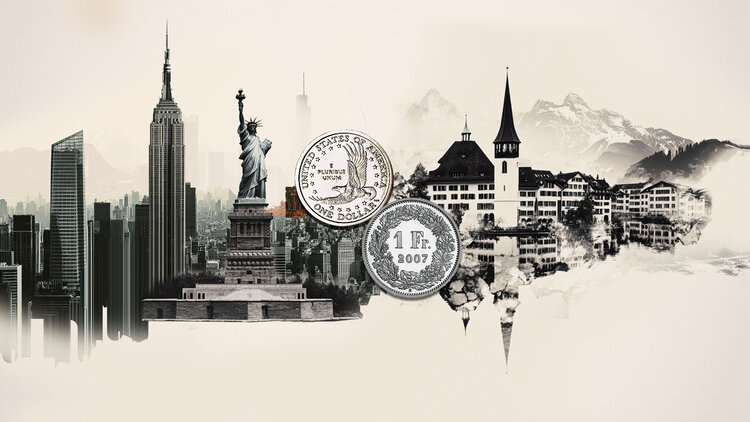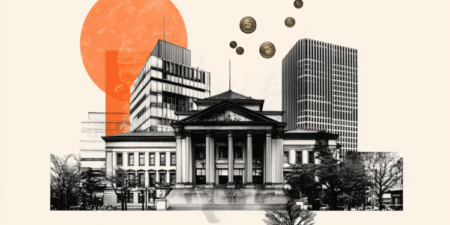- USD/CHF holds onto gains near 0.8070 as the US Dollar gains after hot US PPI data for July.
- US producer inflation grew at the fastest pace in three years due to tariffs.
- Cooling Swiss PPI could force the SNB to push interest rates into negative territory.
The USD/CHF pair trades firmly near Thursday’s high around 0.8070 during the Asian trading session on Friday. The Swiss Franc pair gained sharply the previous day as the US Dollar (USD) attracted bids after the United States (US) Producer Price Index (PPI) report for July showed that prices of goods and services rose at the fastest pace in three years at the wholesale level.
During the press time, the US Dollar Index (DXY), which tracks the Greenback’s value against six major currencies, demonstrates strength near Thursday’s high, slightly above 98.00.
According to the report, the headline and the core PPI rose by 0.9% after remaining flat in June. On year, the headline and the core PPI grew by 3.3% and 3.7%, respectively.
Market experts believe a significant rise in producer inflation suggests that business owners have started passing the impact of tariffs to end consumers.
The sudden impact has come as inventories built by importers before the announcement of reciprocal tariffs have started replenishing. Additionally, firms are reluctant to offset the entire impact of additional duties through their profit margins.
In spite of the hot US PPI signaling a broad-based pick in inflation in the near-term, traders remain confident that the Federal Reserve (Fed) will reduce interest rates in the September monetary policy meeting.
In the Swiss region, the continuous decline in prices of goods and services at the producer level is paving the way for the Swiss National Bank’s (SNB) interest rates to enter a negative territory. The data showed on Thursday that Producer and Import Prices data declined by 0.9% in July, faster than 0.7% in June.
US Dollar FAQs
The US Dollar (USD) is the official currency of the United States of America, and the ‘de facto’ currency of a significant number of other countries where it is found in circulation alongside local notes. It is the most heavily traded currency in the world, accounting for over 88% of all global foreign exchange turnover, or an average of $6.6 trillion in transactions per day, according to data from 2022.
Following the second world war, the USD took over from the British Pound as the world’s reserve currency. For most of its history, the US Dollar was backed by Gold, until the Bretton Woods Agreement in 1971 when the Gold Standard went away.
The most important single factor impacting on the value of the US Dollar is monetary policy, which is shaped by the Federal Reserve (Fed). The Fed has two mandates: to achieve price stability (control inflation) and foster full employment. Its primary tool to achieve these two goals is by adjusting interest rates.
When prices are rising too quickly and inflation is above the Fed’s 2% target, the Fed will raise rates, which helps the USD value. When inflation falls below 2% or the Unemployment Rate is too high, the Fed may lower interest rates, which weighs on the Greenback.
In extreme situations, the Federal Reserve can also print more Dollars and enact quantitative easing (QE). QE is the process by which the Fed substantially increases the flow of credit in a stuck financial system.
It is a non-standard policy measure used when credit has dried up because banks will not lend to each other (out of the fear of counterparty default). It is a last resort when simply lowering interest rates is unlikely to achieve the necessary result. It was the Fed’s weapon of choice to combat the credit crunch that occurred during the Great Financial Crisis in 2008. It involves the Fed printing more Dollars and using them to buy US government bonds predominantly from financial institutions. QE usually leads to a weaker US Dollar.
Quantitative tightening (QT) is the reverse process whereby the Federal Reserve stops buying bonds from financial institutions and does not reinvest the principal from the bonds it holds maturing in new purchases. It is usually positive for the US Dollar.
Read the full article here















